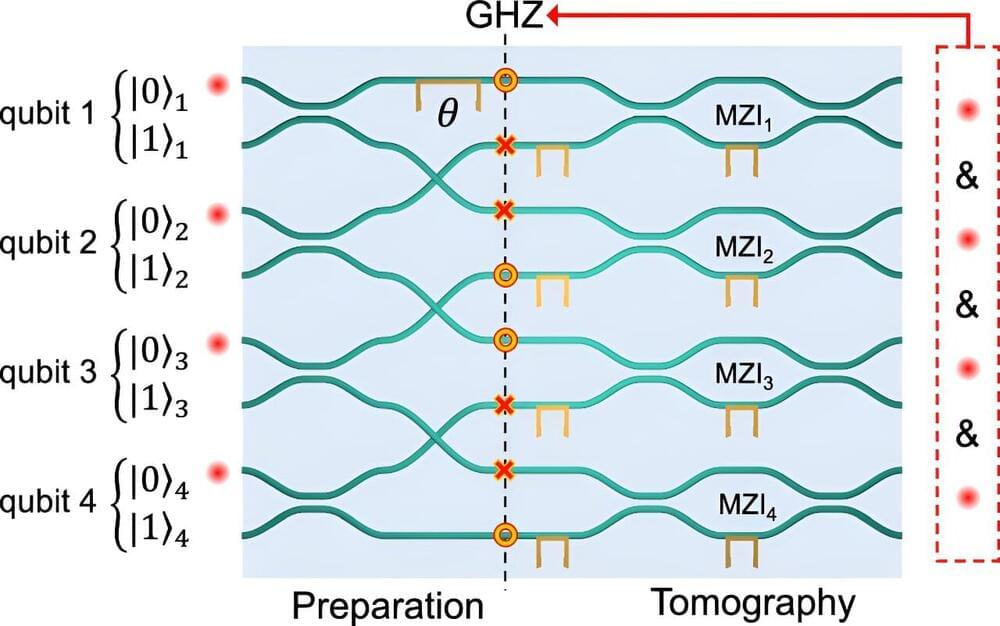The US National Institute of Standards and Technology has released Federal Information Processing Standards (FIPS) publications for three quantum-resistant cryptographic algorithms.
In a landmark announcement, the National Institute of Standards and Technology (NIST) has published its first set of post-quantum cryptography (PQC) standards. This announcement serves as an inflection point in modern cybersecurity: as the global benchmark for cryptography, the NIST standards signal to enterprises, government agencies, and supply chain vendors that the time has come to make the world’s information security systems resistant to future cryptographically relevant quantum computers.
NIST released FIPS publications for three quantum-resistant cryptographic algorithms.







